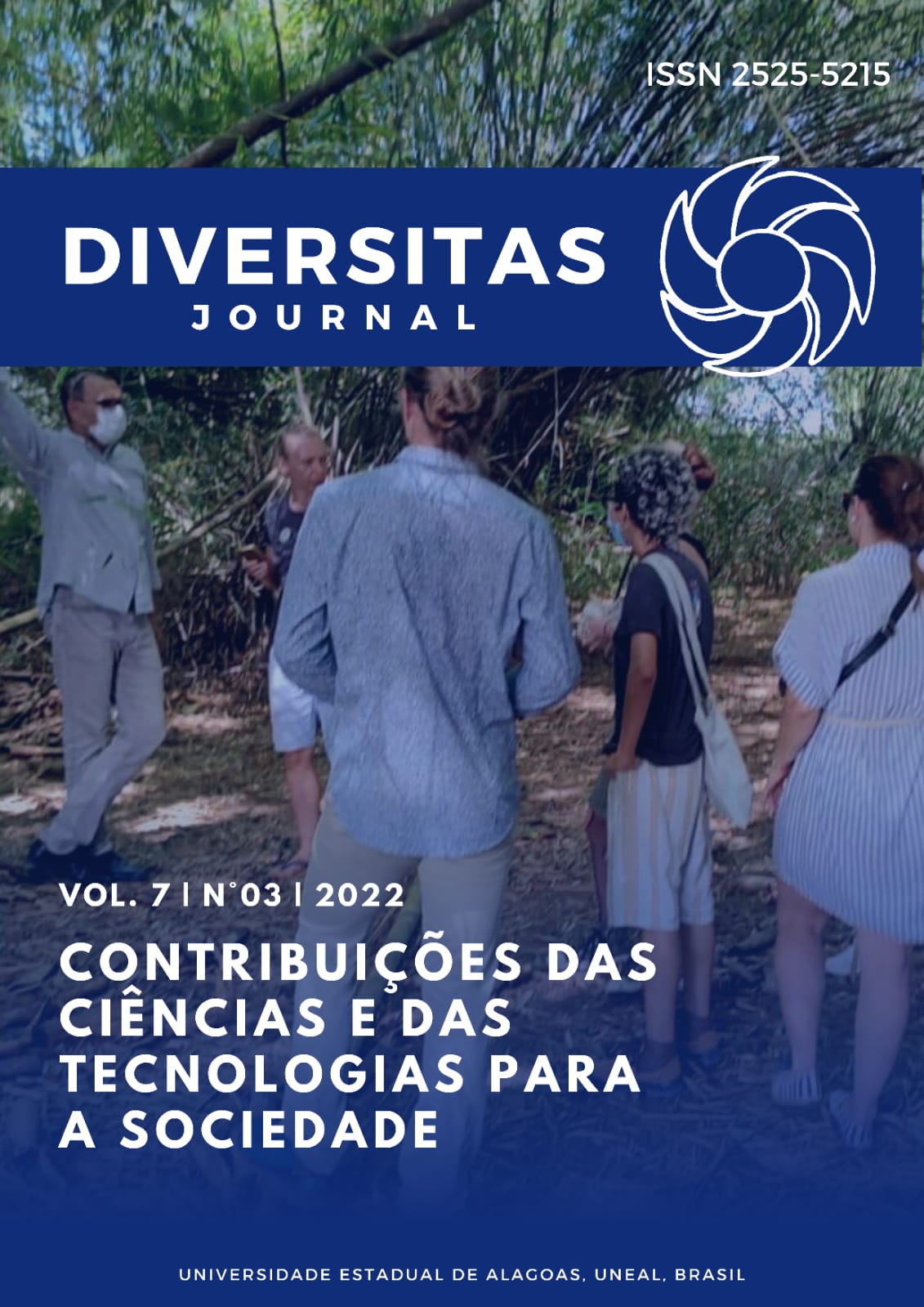READING PRACTICES IN CHILDHOOD: STORYTELLING AND MEDIATED READING IN PANDEMIC TIMES
DOI:
https://doi.org/10.48017/dj.v7i3.2225Keywords:
Fairy tales, retelling, pandemic, PIBIDAbstract
This article seeks to describe one of the activities developed in the Institutional Program of Scholarships for Teaching Initiation (PIBID) financed by CAPES by scholarship holders from the University of the State of Minas Gerais. The project aimed to promote virtual reading practices of storytelling and mediated reading during the Covid-19 pandemic period for students of the first year of Elementary School in one of the classes of one of the schools participating in the program. The methodology used to apply the project was online meetings through the virtual platform Google Meet. Three meetings were held: the first being a conversation circle with the children about reading habits; in the next meeting, a virtual storytelling and in the third meeting, a mediated reading of the work and discussions about previous meetings. The stories used in the project were the tale Rapunzel, by the Brothers Grimm and the adaptation Rapunzel and the Quibungo, by Cristina Agostinho and Ronaldo Simões Coelho. At the end of the project development, it was possible to observe the children's taste and interest in reading, their previous knowledge, the development of creativity and imagination by the possibilities raised by the children of retelling the original fairy tale. Even with all the problems involving the context of isolation imposed by the coronavirus pandemic, with the completion of the project it was found that teaching practices could be carried out by the scholarship holders, and that such practices had satisfactory results for those involved.
References
Abramovich, F. (1997). Literatura infantil: gostosuras e bobices [5ª ed]. Scipione.
Andrade, J. F. (2017). A Importância do reconto de histórias no desenvolvimento cognitivo de crianças dos 3 anos. [Dissertação Mestrado em Ciências da Educação: Educação Especial, Universidade Fernando Pessoa]. https://bdigital.ufp.pt/bitstream/10284/6307/1/DM_Joana%20Fraga%20Andrade.pdf
Anjos, C. I.; FRANCISCO, D. J. (2021). Educação infantil e tecnologias digitais: reflexões em tempos de pandemia. Revista Zero-a-Seis, Florianópolis, 23, Especial, pp. 125-146. https://periodicos.ufsc.br/index.php/zeroseis/article/view/79007.
Brejo, J. A. (2020). Leitura e Literatura Infantil: um alívio em tempos de pandemia. https://pensaraeducacao.com.br/pensaraeducacaoempauta/leitura-e-literatura-infantil-um-alivio-em-tempos-de-pandemia/.
Coelho, B. (1999). Contar histórias: uma arte sem idade. Ática.
Girotto, C. G. G. S, Souza, R. J. (2016). Práticas de leitura na Infância: desatando nós da formação de ouvintes e leitores. In: C. G. G. S Girotto,; R. J. Souza, (orgs.), Literatura e educação infantil: livros, imagens e prática de leitura. (pp. 11-38) Mercado de Letras.
Hamze, A. (2009). O momento Mágico de contar histórias. https://educador.brasilescola.uol.com.br/gestao-educacional/o-momento-magico-decontar-historias.htm >.
Mazzotti A.J.A, Gewandsznajder F. (1998) O método nas ciências naturais e sociais. Pioneiras.
Nogueira, S. A. D., Lustosa, R. P., Silva, M. A. (2019). O conto de fadas como perspectiva na formação leitora nos anos iniciais da educação básica. VI Congresso Nacional de Educação. https://www.editorarealize.com.br/editora/anais/conedu/2019/TRABALHO_EV127_MD1_SA8_ID11866_01102019184838.pdf.
Salles, J., Parente, M.A., Alexandre, B.; Xavier, C., Fernandes, J.(2001). Recontar de histórias por crianças: instrumento de avaliação da compreensão de leitura. Letras de hoje, 36(3), pp. 529-535.
Sampaio, R. M. (2020). Práticas de ensino e letramentos em tempos de pandemia da COVID-19. Research, Society and Development, 9(7),. https://doi.org/10.33448/rsd-v9i7.4430
Valiengo, A., Souza, S. P. (2016). O mundo de faz de conta e os livros: a criança de 3 a 6 anos. In: C. G. G. S Girotto,; R. J. Souza, (orgs.), Literatura e educação infantil: livros, imagens e prática de leitura. (pp. 103-130) Mercado de Letras.
Additional Files
Published
How to Cite
Issue
Section
License
Copyright (c) 2022 Cristina Hill Fávero, YASMIN SILVA ONOFRE, CAMILA LOSCHI ROSA DE MELO, MAXIELE MARLÚCIA FERREIRA DE LOURDES, MILENA SILVA E SOUZA

This work is licensed under a Creative Commons Attribution 4.0 International License.
The Diversitas Journal expresses that the articles are the sole responsibility of the Authors, who are familiar with Brazilian and international legislation.
Articles are peer-reviewed and care should be taken to warn of the possible incidence of plagiarism. However, plagiarism is an indisputable action by the authors.
The violation of copyright is a crime, provided for in article 184 of the Brazilian Penal Code: “Art. 184 Violating copyright and related rights: Penalty - detention, from 3 (three) months to 1 (one) year, or fine. § 1 If the violation consists of total or partial reproduction, for the purpose of direct or indirect profit, by any means or process, of intellectual work, interpretation, performance or phonogram, without the express authorization of the author, the performer, the producer , as the case may be, or whoever represents them: Penalty - imprisonment, from 2 (two) to 4 (four) years, and a fine. ”


















